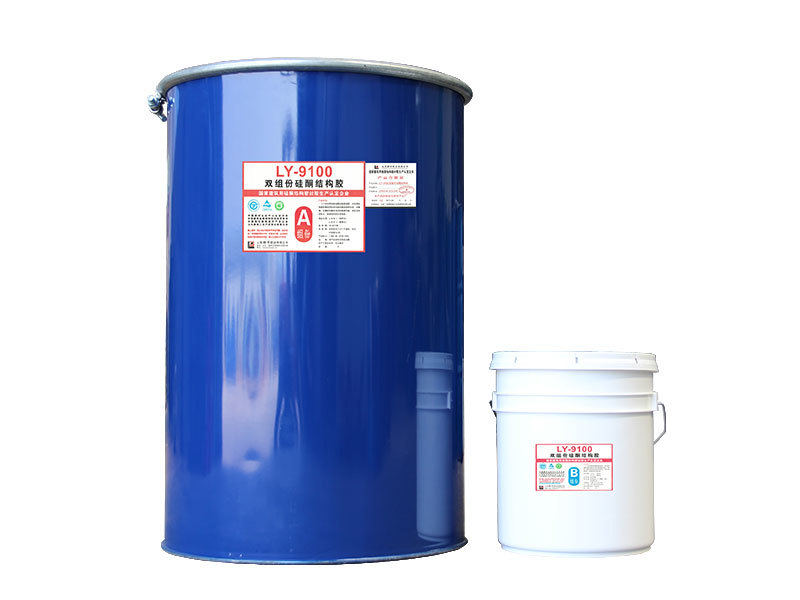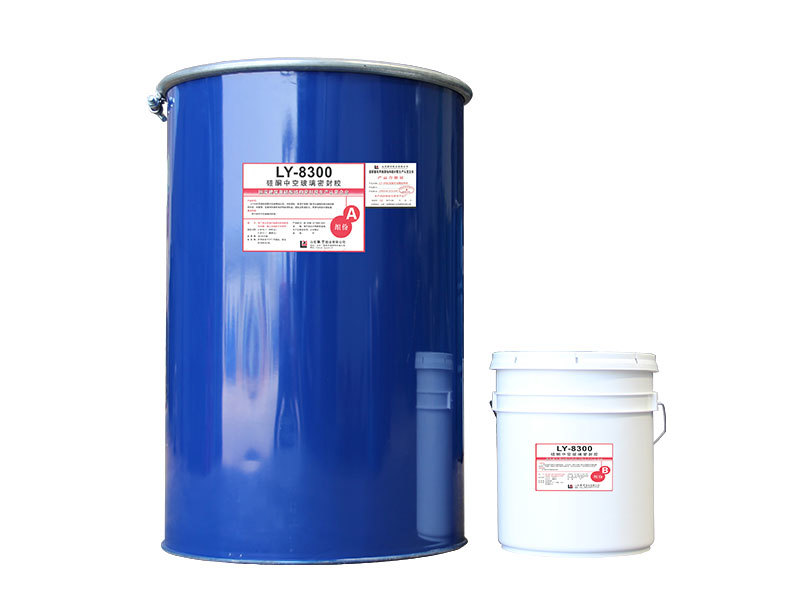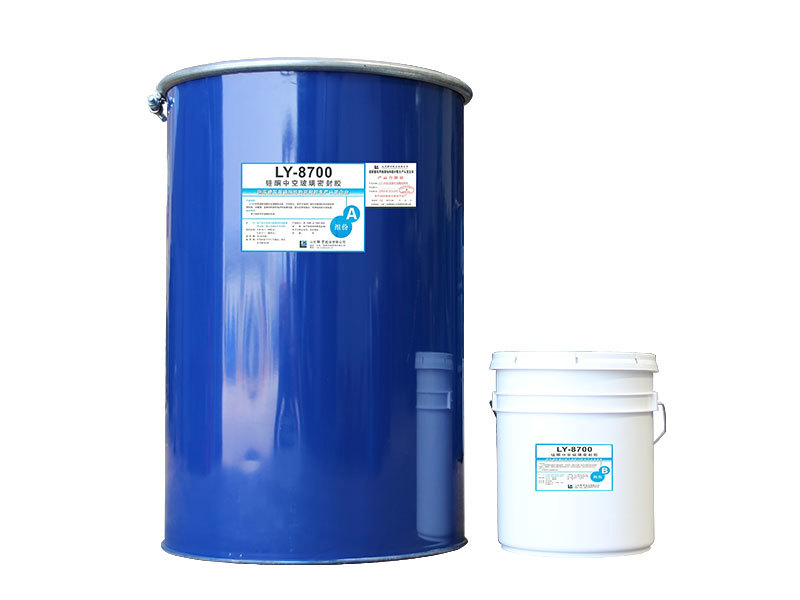Fireproof Sealant vs. Firestop: Understanding the Key Differences for Enhanced Safety
Upload Time:
2025-01-20
Fireproof Sealant vs. Firestop: Understanding the Key Differences for Enhanced Safety Table of Contents 1. Introduction to Fire Safety Materials 2. What is Fireproof Sealant? 3. What is a Firestop? 4. Key Differences Between Fireproof Sealants and Firestops 5. Applications of Fireproof Sealants and Firestops 6. Regulatory Standards for Fire Safety Materials 7. Benefits

Fireproof Sealant vs. Firestop: Understanding the Key Differences for Enhanced Safety
Table of Contents
- 1. Introduction to Fire Safety Materials
- 2. What is Fireproof Sealant?
- 3. What is a Firestop?
- 4. Key Differences Between Fireproof Sealants and Firestops
- 5. Applications of Fireproof Sealants and Firestops
- 6. Regulatory Standards for Fire Safety Materials
- 7. Benefits of Using Fireproof Sealants and Firestops
- 8. Maintenance and Inspection of Fire Safety Materials
- 9. Conclusion
- 10. Frequently Asked Questions
1. Introduction to Fire Safety Materials
Fire safety is a critical aspect of construction and building management. Among the various materials designed to protect structures from fire, **fireproof sealants** and **firestops** stand out as essential components. Understanding the differences between these two materials can significantly enhance safety measures in residential, commercial, and industrial buildings. This article aims to clarify their definitions, applications, and the regulatory standards governing their use.
2. What is Fireproof Sealant?
**Fireproof sealants** are specialized materials used to seal gaps and joints in a structure, providing a barrier against fire, smoke, and heat. Made from various substances, including silicone, acrylic, and polyurethane, these sealants are designed to maintain their integrity when exposed to high temperatures. They can expand upon heating, filling the gaps to prevent fire from spreading.
Features of Fireproof Sealants
- **Temperature Resistance:** Fireproof sealants can withstand extreme temperatures, often exceeding 2000°F (1093°C).
- **Flexibility:** They remain flexible after setting, allowing for movement in building materials without compromising fire protection.
- **Smoke Sealing:** Apart from fire resistance, these sealants also provide an effective barrier against smoke infiltration, which is crucial during a fire emergency.
Common Uses of Fireproof Sealants
Fireproof sealants are typically used in:
- **Building Penetrations:** Sealing around pipes, conduits, and cables that pass through fire-rated walls and floors.
- **Expansion Joints:** Providing fire resistance in areas where materials may expand or contract due to temperature changes.
3. What is a Firestop?
A **firestop** is a passive fire protection system designed to prevent the spread of fire and smoke through openings in walls, floors, and ceilings. Firestops can include a variety of materials, such as intumescent products, mortars, and pre-formed devices that expand when exposed to heat.
Key Characteristics of Firestops
- **Intumescent Properties:** Many firestops contain intumescent materials that swell to fill gaps when exposed to high temperatures, creating an effective barrier.
- **Durability:** Firestops are designed to maintain their integrity over time, ensuring long-term fire protection.
- **Compliance:** They must adhere to strict fire ratings and testing standards, ensuring their effectiveness in real fire scenarios.
Applications of Firestops
Firestops are commonly used in:
- **Wall and Floor Penetrations:** Sealing around pipes and ducts in fire-rated assemblies.
- **Through-Penetration Systems:** Protecting openings created by HVAC, plumbing, and electrical systems.
4. Key Differences Between Fireproof Sealants and Firestops
While both fireproof sealants and firestops serve the purpose of fire prevention, they differ significantly in their functionality, application, and composition.
Functionality
- **Fireproof Sealants:** Primarily focus on sealing gaps and preventing fire and smoke penetration. They are flexible and maintain their integrity during temperature fluctuations.
- **Firestops:** Serve as barriers against fire and smoke, specifically designed to limit the spread through openings and joints between fire-rated assemblies.
Composition and Application
- **Fireproof Sealants:** Often made from silicone or acrylic, these materials are applied in various construction settings to create a tight seal.
- **Firestops:** Typically composed of more rigid materials, firestops are installed in specific locations as part of a comprehensive fire protection strategy.
Testing and Compliance
- **Fireproof Sealants:** Must meet certain fire resistance ratings but often focus on smoke sealing capabilities.
- **Firestops:** Subject to rigorous testing and must comply with stringent fire safety standards to ensure their effectiveness.
5. Applications of Fireproof Sealants and Firestops
Understanding the specific applications of both fireproof sealants and firestops can help in making informed decisions about their use in various construction projects.
Fireproof Sealant Applications
- **Interior Sealing:** Used in drywall and partition systems to prevent smoke migration.
- **Exterior Applications:** Applied to seal windows, doors, and other openings to enhance weather resistance and fire protection.
Firestop Applications
- **Commercial Buildings:** Used extensively in high-rise buildings, hotels, and office complexes for overall fire safety.
- **Industrial Facilities:** Implemented in warehouses and manufacturing plants to protect equipment and personnel from fire hazards.
6. Regulatory Standards for Fire Safety Materials
Adhering to regulatory standards is crucial for ensuring the effectiveness of both fireproof sealants and firestops. Various organizations set guidelines that materials must follow.
Common Standards
- **ASTM E814:** Standard test method for fire tests of through-penetration firestops.
- **UL 1479:** Standard for fire tests of firestop systems.
- **NFPA 101:** Life safety code covering building construction and occupancy.
7. Benefits of Using Fireproof Sealants and Firestops
Utilizing fireproof sealants and firestops in construction offers numerous benefits that enhance building safety and compliance.
Enhanced Fire Safety
Both fireproof sealants and firestops provide critical barriers that protect against fire and smoke, enhancing the safety of building occupants.
Regulatory Compliance
Using these materials helps ensure that buildings meet local and national fire safety regulations, reducing the risk of penalties and liabilities.
Cost-Effective Solutions
Investing in quality fire protection materials can lead to long-term savings by preventing extensive damage and costly repairs in the event of a fire.
8. Maintenance and Inspection of Fire Safety Materials
Regular maintenance and inspection of fireproof sealants and firestops are essential to ensure their continued effectiveness.
Inspection Protocols
- **Visual Inspections:** Regularly check for cracks, gaps, and signs of degradation in fireproof sealants.
- **Testing Firestops:** Conduct periodic assessments to ensure firestops remain effective in blocking fire and smoke.
Maintenance Tips
- **Repair as Needed:** Promptly address any signs of damage to sealants or firestops to maintain protection.
- **Professional Evaluation:** Consider hiring professionals for thorough inspections and maintenance to ensure compliance with safety standards.
9. Conclusion
Understanding the differences between fireproof sealants and firestops is essential for anyone involved in construction and building management. Each material plays a crucial role in enhancing fire safety, preventing the spread of fire and smoke, and ensuring compliance with regulatory standards. By carefully considering their specific applications and maintenance requirements, we can significantly improve safety measures in our buildings, protecting lives and property from the devastating effects of fire.
10. Frequently Asked Questions
What is the main purpose of fireproof sealants?
Fireproof sealants are primarily designed to seal gaps and joints in structures, providing a barrier against fire and smoke penetration.
How do firestops work?
Firestops act as barriers that prevent the spread of fire and smoke through openings in walls and floors by utilizing intumescent materials that expand when exposed to heat.
Are fireproof sealants and firestops interchangeable?
No, while both serve fire protection purposes, they have different functionalities and applications, making them not directly interchangeable.
What are the regulatory standards for fire safety materials?
Common standards include ASTM E814 and UL 1479, which outline testing methods and performance requirements for firestop systems.
How often should fire safety materials be inspected?
Regular inspections should be conducted at least annually, but more frequent checks are recommended, especially in high-traffic or high-risk areas.
Relevant News




